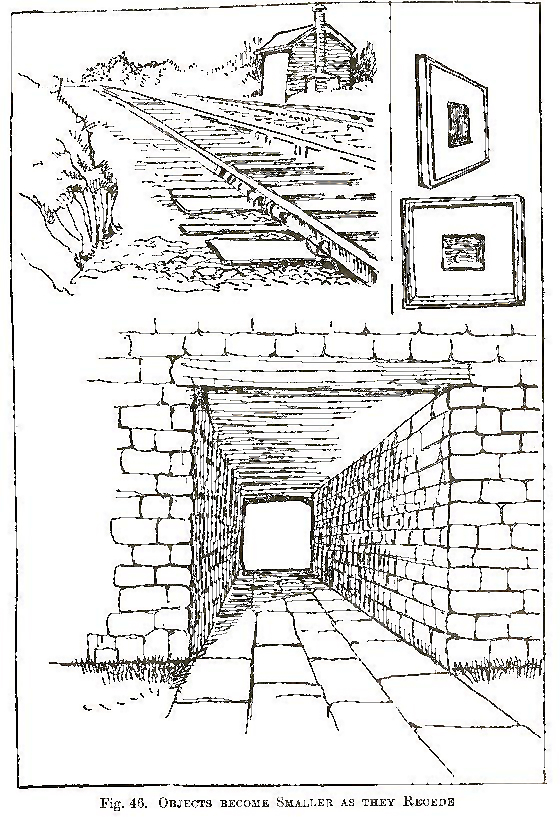


It is used for documenting lab work at every gravitational wave detector except for GEO-600, and these labbooks are all publicly available: OSLogbook is still actively used, despite having very infrequent updates. The look and feel is pretty basic, and isn’t optimised for mobiles or tablets. You can upload images, but only as attachments to posts – not inline with the content. It allows you to set “tasks” into which you could write posts, and there is a basic search capability to find text mentioned in posts. OSLogbook was written in the spare time of a researcher in the Virgo Collaboration, building a gravitational wave detector in Italy. OSLogbook OSLogbook: quite an evolution from text-based logbooks, but still rather limited in its rich text capabilities. To get a more complete picture, it’s best that you test drive each of the options before making the final decision for your group. I’ve tried to be honest about the strengths and shortcomings of each tool, but this post is basically a big advertisement for ALP (skip to the bottom to find out more about it). This is entirely my personal opinion, and I am obviously biased because I have developed one of the competing tools. ALP benefited from my experience using a few other labbook systems, and I want to go through each of them and highlight what is good and bad. But, before going further, it’s worth understanding what else is out there. I think it’s awesome, and I hope others find it useful too. This loose collection of plugins has now grown into Academic Labbook Plugin, or ALP for short. The WordPress-backed labbook I made for my group, based on a bunch of plugins cobbled together. I was able to find some that did more or less everything I wanted, and after a few hours importing the old data I had a shiny new labbook ready for my group to start using. I hunted for some plugins to add the behaviours I needed – ability to specify multiple authors for posts, render mathematical equations in posts, send email updates, that sort of thing. One of the huge advantages of WordPress is that it has a giant ecosystem of plugins that modify its behaviour in various ways. I eventually bit the bullet and fired up a WordPress installation and hacked around with it.

This was a big step forward, with rich text capabilities and a generally nicer interface, but we were still not fully happy. We eventually moved to OSLogbook, or “Open source logbook”, provided by the Virgo Collaboration. It was basic, but quite useful given the purpose it was to serve.Īfter a while we grew annoyed of this system, in particular its lack of ability to edit text through the browser that you view it with, the complete lack of any search abilities, and the inability to write rich content like lists, images, tables, etc.
Draw structures in hivebench download#
It also let you upload images and other data to the same directory and have this available to download through the browser. While it only allowed for placing a title and writing some standard text, it did use the powerful SVN version control system to track changes to posts over time, letting you revert back in time if you made a mistake. In my PhD at the Institute for Gravitational Research in Glasgow, UK, my first exposure to electronic labbooks was with a web script that rendered text files placed on an SVN repository on an internal university website. I am biased! Please make your own mind up, using what I write here as a brief guide. Why is Academic Labbook Plugin ( ALP for short) different? This post attempts to present the current state of affairs in the world of academic labbook software, and to compare the main features and differences between them.Ī word of caution: you are reading this post on the website for one of these labbook solutions. Electronic laboratory notebook, labbook, logbook… whatever you want to call it, there are many different packages available for keeping track of your work in the lab.


 0 kommentar(er)
0 kommentar(er)
